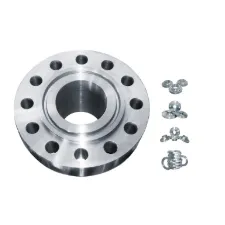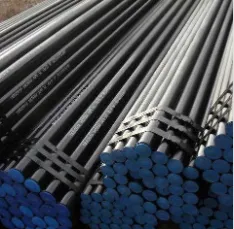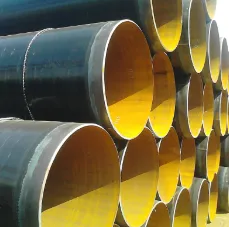

Selecting the appropriate equivalent for A106 Grade B requires not just a comparison of material properties but an understanding of the project's full context, which is where expertise in material science and application can make a significant difference. Temperature ranges, pressure conditions, and environmental factors all play critical roles in this decision-making process. Additionally, availability and lead time considerations might drive material choice, especially in projects where time is a critical factor. It's essential to consider the long-term reliability and lifecycle costs associated with pipe material choices. Even if alternates to A106 Grade B may present up-front cost savings, the total cost of ownership, which includes maintenance, potential for replacement, and system downtime, needs careful evaluation. Trusting a supplier or manufacturer with a proven track record and certified quality assurance protocols can alleviate some of these concerns, ensuring that irrespective of the material chosen, the end-use requirements are not compromised. The pursuit of alternative materials also opens doors for innovation in pipeline systems, as emerging technologies introduce alloys and composites that challenge traditional paradigms. Engineers with visionary expertise might evaluate new materials with enhanced performance characteristics, such as improved corrosion resistance or greater strength-to-weight ratios, albeit ensuring they meet the necessary standards and regulatory requirements. In summary, while ASTM A106 Grade B remains a stalwart in the field of high-temperature, high-pressure pipe systems, its equivalents offer a palette of opportunities for those willing to delve into the science of materials. Expertise, critical analysis, and practical know-how guide these selections, ensuring both cost-effectiveness and performance excellence. Whether considering ASTM A53, EN 10216-2, JIS G3454, or an innovative new material, every choice is an opportunity to match engineering excellence with material science, advancing the objectives of projects worldwide.
Post time: ਜਨਃ . 24, 2025 03:27
Prev:
Next:















